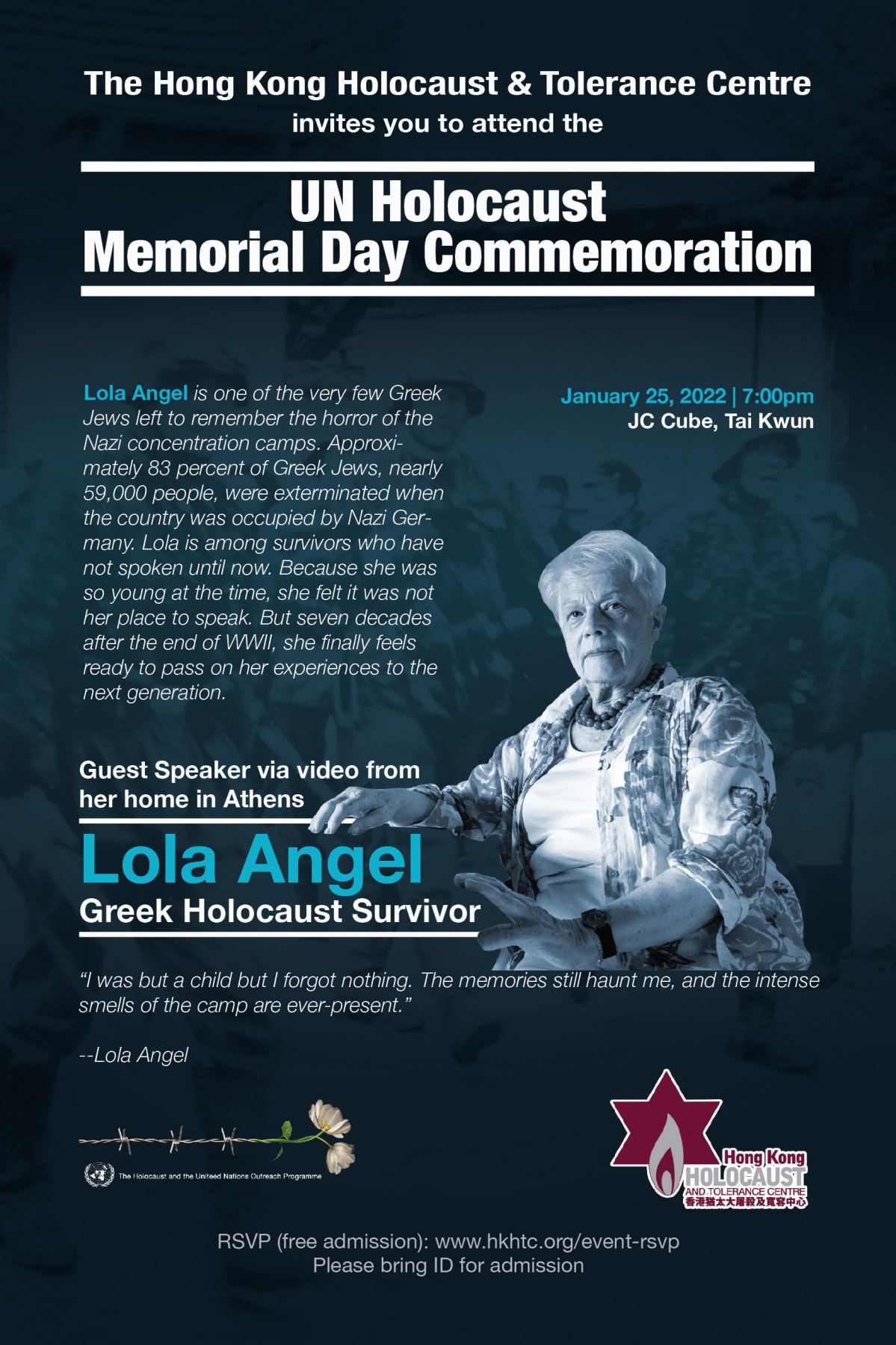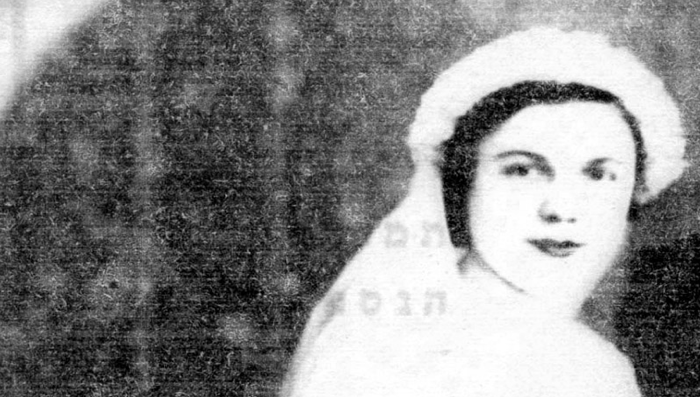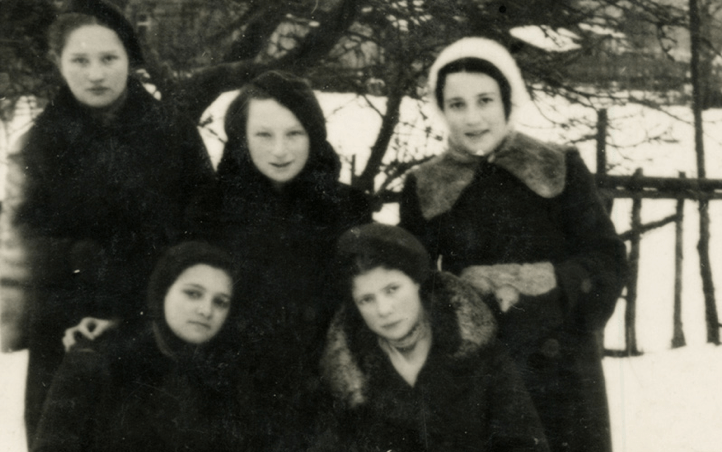About Ida Goldis
Please consider supporting our vital work to educate about the Holocaust and promote tolerance. To donate, please click here.
Ida Goldiş wrote her last letter to her older sister Clara, on the eve of her deportation from the Kishinev ghetto to Transnistria.
In October 1941, Ida Goldiş née Bidus was deported from the Kishinev ghetto to Transnistria, together with her little son Vili and her younger sister Doba. Her husband, Yosef, was in a Romanian army labor battalion.
Ida, Vili and Doba were forced to make the arduous journey on foot together with the rest of the deportees from the ghetto. Ida and Doba took turns carrying Vili on their backs, using a special harness that they had sewn for him. In early 1942, the young child froze to death in the bitter cold, and his mother, who had lost the will to live, perished a few days later after drinking contaminated water. Ida was 24 when she perished, and Vili was just three years old.
Ida had managed to smuggle the letter out of the ghetto via a non-Jewish messenger who worked with Doba in the bakery. The letter was given to Clara, who had remained in Romania. Clara and Doba (later Schwarz) survived. They immigrated to Israel, and kept the letter. In 1979, Doba Schwarz submitted Pages of Testimony in memory of her sister Ida and her nephew Vili. Yosef also survived and immigrated to Israel.
The letter, written in Romanian, was donated to Yad Vashem by Doba’s daughter, Yehudit Shelly, who worked in the Yad Vashem Archives.
* Photo above of Ida Goldis from the Yad Vashem Archive
 |
 |
About Fanya Barbakow
Please consider supporting our vital work to educate about the Holocaust and promote tolerance. To donate, please click here.
Fanya Barbakow wrote her letter from a bunker in Druja, to her sister Chaya and her brother Manos.Fanya Barbakow was born in 1923 in Druja, Poland (today Belarus). Her parents Ze’ev-Velvel and Zisale had two boys and five girls: Chaim, Manos, Sonia, Bluma, Chaya, Fanya and Sima. Ze’ev owned a flour mill, providing a good living for his family.
Fanya attended the local Polish schools, and in the 1940/41 academic year, while under Soviet rule, she was scheduled to complete her studies at the Russian high school.
The Barbakow family was incarcerated in the Druja ghetto together with all the town’s Jews. Fanya’s sister Chaya Kagan (Barbakow) recalls:
“In the ghetto, Fanya walked with her head held high, filled with an inner confidence. She encouraged the family and her contemporaries to present a proud Jewish front to the Germans. Fanya would often sing a song in Russian, expressing opposition to the Germans”.
In the Barbakows’ garden was a cellar used to store ice in the summer. The bunker where the family hid was dug out under the cellar. The hiding place was discovered during the liquidation of the ghetto in the summer of 1942, and all the people hiding inside were murdered.
The letter was written by Fanya over several days on a piece of paper in the bunker. On the reverse side, she added a few words in Yiddish, which were presumably written shortly before their hiding place was discovered. Miron Vassiliav, a Christian friend of the family, found the letter and gave it to Fanya’s nephew, Zusia Berkman, after the war. Zusia survived hiding in the home of a Christian farmer and later living with his father in the forests with the partisans. Fanya’s sister Chaya, who had been studying in Vilna, escaped to the Soviet Union when the Germans occupied Vilna, and survived. Her brother Manos was evacuated to Siberia by the Soviets together with his wife, survived, and lived in the Soviet Union until his death in the 1970s. Her brother Chaim managed to leave Druja and immigrate to Argentina before the war.
In 1979, Zusia Berkman submitted Pages of Testimony in memory of his family members murdered in the Holocaust: His mother Sonia Berkman (Barbakow), his sisters Rasia and Zeldaleh, his grandfather Ze’ev, his grandmother Zisale, and his aunts, Bluma Kruman (Barbakow), Fanya and Sima. After Chaya’s death, her children found a bundle of letters, including Fanya’s last letter, wrapped in cloth inside her wardrobe. In 2007, Chaya’s children, Etta Feldman and Ze’ev Kagan, donated Fanya’s letter to Yad Vashem to be preserved for perpetuity.
* Photo above Young Jewish girls in Druja from the Yad Vashem Archive
 |
 |



